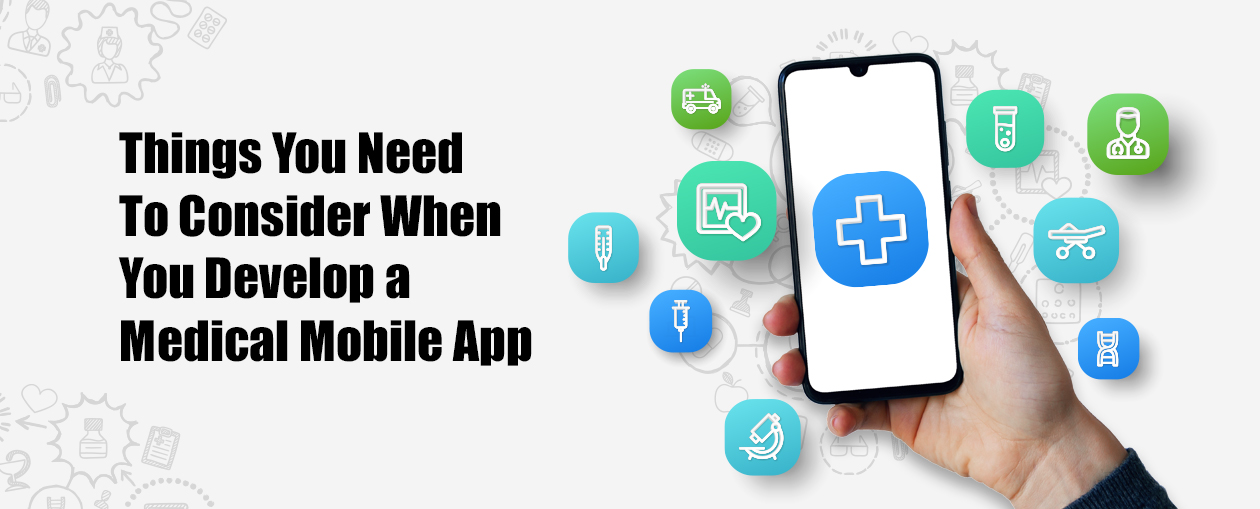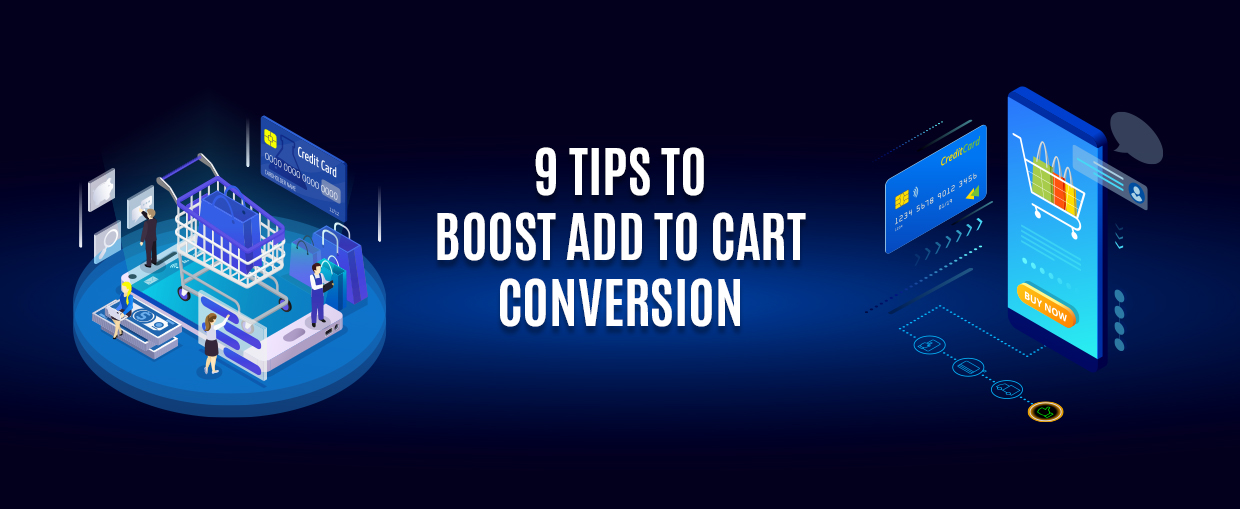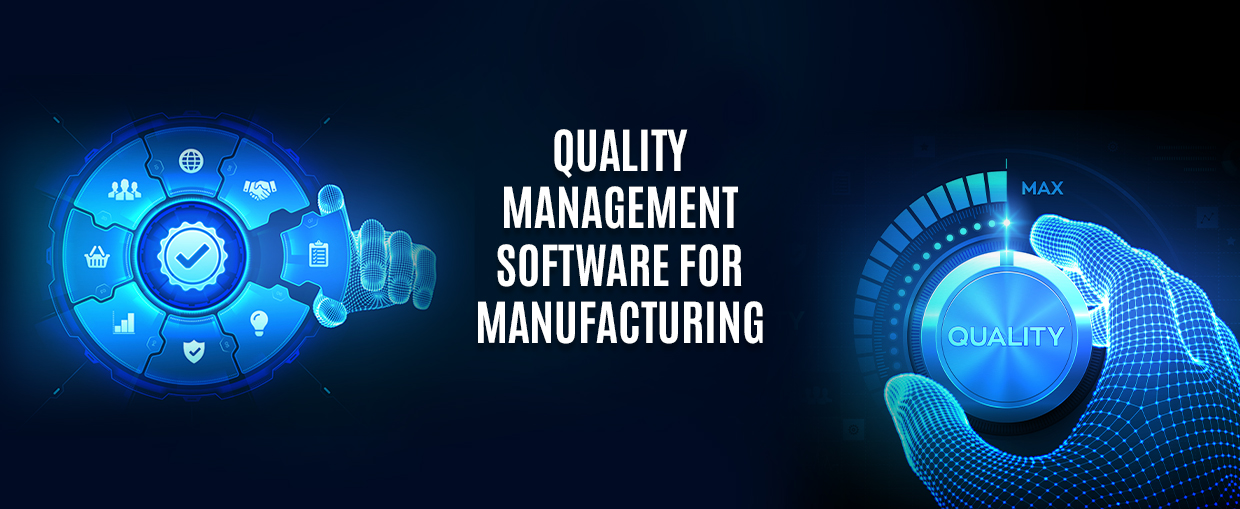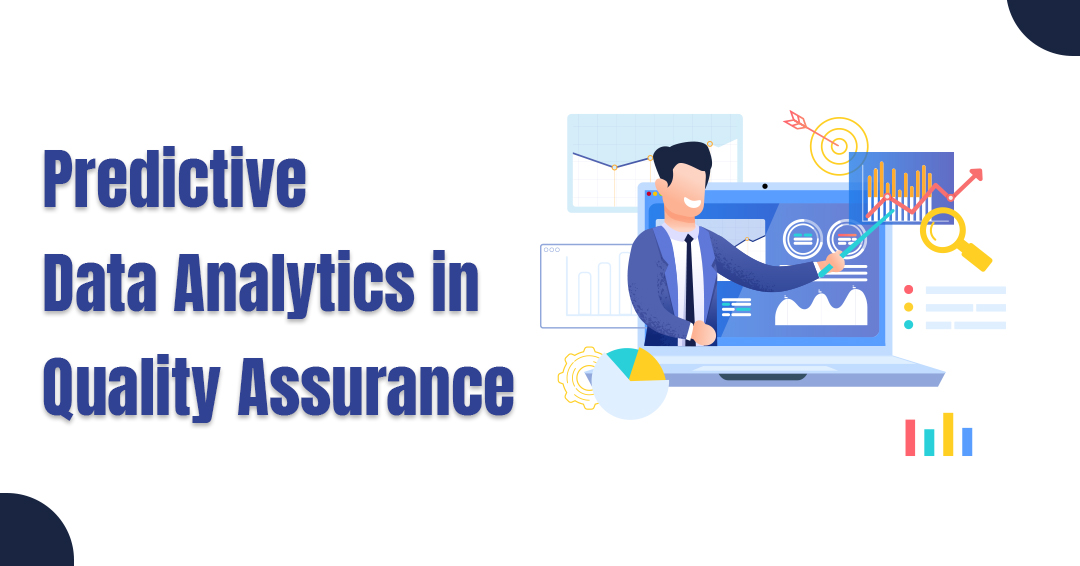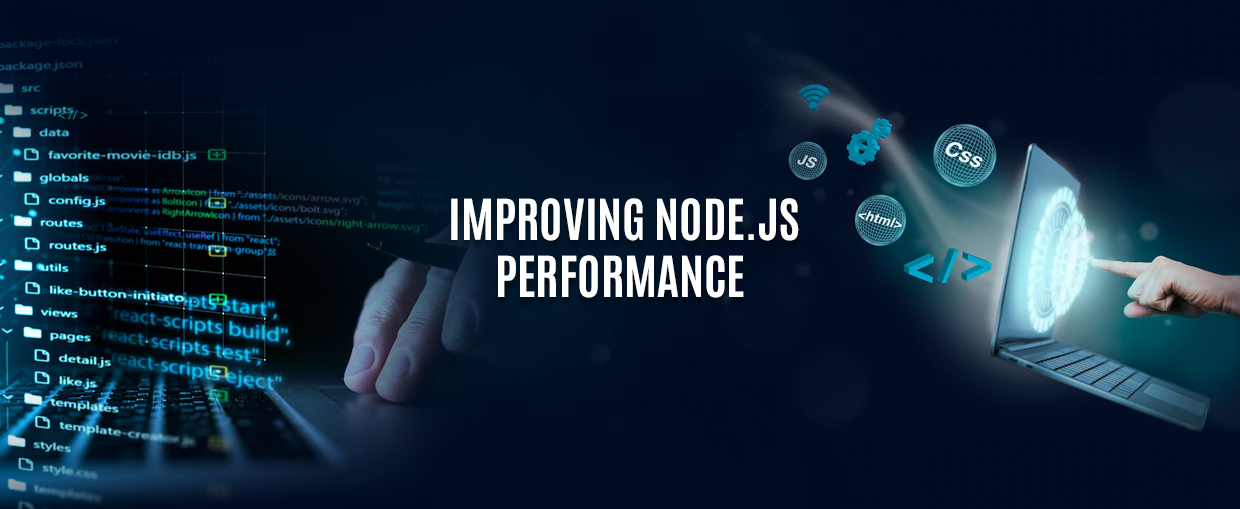The healthcare sector is changing constantly. The advancements and discoveries made by physicians, scientists, and other healthcare professionals vary with the times. So the healthcare sector is also adopting mobile technology. This has given birth to a new sector called the medical mobile app sector.
There are different apps available in the market that aims to make users their best selves. Mobile developers should plan and produce mobile applications to assist people and patients in getting the needed healthcare.
Let’s discuss the things you should consider as you develop a medical mobile app.
10 Things to Consider as You Develop a Medical Mobile App
1. Device security
In present days, many app developers avoid storing app data in the device for security reasons. You may need to store data on your app server if the clinical management system that your app connects to limits the number of concurrent API requests. App servers are built to ensure speed and not security. Therefore, they are not difficult to breach into. So, developers mandatorily encrypt the data they save on their servers.
As per the research, Android apps are less secure than iOS apps. In fact, many cybersecurity proponents are against designing an Android app where security is paramount. Smartphone makers are ramping up their in-house solutions to fill Android’s security gaps.
Additionally, data transfers between your device and secure remote servers are open to interception of communications by government agencies, fraudulent organizations, and individuals. Developers should insist on end-2-end encryption or send data over secure communication channels only when data security is on high priority for medical mobile apps.
2. Test Your App
Testing is a critical phase that you should be careful of while developing a medical mobile app. It may lead to producing negative results if your newly launched app doesn’t function flawlessly. So it is mandatory to test your app before launching. You can either opt for manual testing or employ automation methods.
You need to examine the effectiveness of the services you provide through the app. Apart from that, you need to make sure that the inputs are correct across various platforms, networks, and locales. These things can impact the operations of the app negatively.
Whenever a client says something is wrong with the interface, design, or anything else, it is essential to fix it for them. This will result in clients returning back to the app again. But if there are issues with the interface frequently, patients may give up on the app.
Healthcare applications will contain confidential medical data of patients thus there is a risk regarding data security. So you need to protect the data. When it comes to usability, you need to ensure that UI is working as per the plan.
You can test the application with poor connectivity to understand how it works in a real-world scenario. Set high load and performance benchmarks for testing the performance of your app.
You can also check the compatibility of your app by testing it on various platforms like iOS, Android, Windows, and other browsers.
3. Readability
Readability is another vital aspect of all medical applications. Users should be able to readily read and deduce the data output. This is relevant to healthcare apps.
Since communication is the main component of this application. You need assure good readability in your app. If the checks your blood sugar, if the level exceeds the acceptable range it should deliver messages and warnings. Thus anyone, regardless of background knowledge, can recognize when something is wrong.
Furthermore, you need to include UI. You can stand out from the competition when you make a user interface (UI) that is easy to use and intuitive.
4. Craft a User Guide
It can be quite often that the UI/UX of healthcare software will be challenging to use or confusing. To resolve this a developer can design a user manual or a set of “how-to” sections. Thus, patients can get quick access to their medical information and communicate with their doctors.
When you provide a step-by-step explanation, a new patient can learn the inner workings of their healthcare app. You will be able to address various difficulties and functions of the app by creating this straightforward guide.
Also, read this article by Forbes on 5 leading healthcare trends for 2023.
5. Design
It is always better to create a user interface design that is easy on the eyes and straightforward. The user tends to trust a website or app more if the aesthetic of the website or app is impressive. Thus, the user interface design should get the same attention as the UX during the creation of an app. You need to create a design using a color palette that evokes feelings of tranquillity and relaxation. Blue, green, white, and several other hues are best for this purpose.
It is true that you need to consider the typeface you are going to use. You can choose a typeface for your app by considering your target audience. Avoid using weird or difficult-to-read typefaces. But you can add some flair if the audience is younger. It is better to choose a larger, easier-to-read font if there are more senior citizens.
6. Make Sure it is HIPAA(US)/ PHIPA (Canada) Compliant
It is important that all applications that manage health/medical data must be HIPAA/PHIPA compliant. If you want your medical mobile app to be taken seriously by hospitals and medical professionals, your app should be HIPAA/PHIPA compliant. This is where most healthcare apps fall short. For this, you can hire a developer who is well-versed and experienced with HIPAA/PHIPA compliance.
However, this can be fixed readily, medical staff expresses concern about the absence of security in medical mobile apps. You only need to ensure that patient data delivery through your healthcare app is secure. These days many developers are testing privacy protection methods. One such strategy they purposefully use is blockchain technology.
These days, blockchain technology is being used to secure patient data. However, it has a good potential to be the primary method in the future. As this system distributes and records data between peer-to-peer transactions.
7. Identify the Target Audience
Target Audience is a significant part of any application. This is something should pay attention to in the research phase. It’s crucial to select the appropriate audience for your application. These target consumers are critical to the development of the app as well as to the extension and development of its features.
Prior to the beginning of app development, it is essential to recognize the people who use your app and how it will enhance their lives. You need to ensure that your app lives up to the expectations of your users.
8. Target hardware
You would generally target various platforms as an app developer. This includes desktops, tablets, and smartphones. Both users of apps on smartphones and users of apps on tablets engage with the app differently.
When it comes to enterprise healthcare mobility solutions are more often used on a tablet. A ‘call a doctor’ app is more often optimized for smartphones. While a patient engagement solution app is more often optimized for tablets.
Most smartphone users prefer information speed over length. While tablet users are looking for more functionality than their smartphone counterparts. But many apps work well on both smartphones and tablets.
Check this blog on step by step guide on mobile app development.
9. Interoperability
Interoperability is one of the essential factors you should consider in developing healthcare mobility solutions. You need to ensure interoperability with the existing clinical management system used by hospital staff.
These days, enterprise healthcare mobility solutions include medical scheduling software. This software is mainly based out of a cloud to facilitate interoperability. To avoid the hefty cost of cloud hosting, hospitals still tend to depend on traditional hosting.
In such cases, it is necessary to build an app compatibility layer over the existing setup.
10. API Components
The “application programming interface” means a method, device, or procedure that carries out a specific operation or interacts with software or a software module (API).
Social networking apps and advertisers generally depend on APIs to transmit information consistently. Moreover, authentication is given via an API call to link your smartphone to a distant server when you log into an app.
API components work well with patient engagement solutions. You may need to add API components to authenticate your device to get access to the primary patient repository. Besides it, every APIs are not accessible to third parties, thus one would require additional APIs from suppliers and vendors.
To Wind Up
You can develop a successful medical mobile app if you consider these essential factors. As a developer, you may wish to give an intuitive, safe mobile app for your users. To your advantage, You need to focus on any criticism they may have and rectify the issues timely. A good medical mobile app should have components that are the driving need, usability, and user-friendliness.
When you partner with the right software development company, you can develop a successful medical mobile app. You can also hire developers for your mobile app development.

